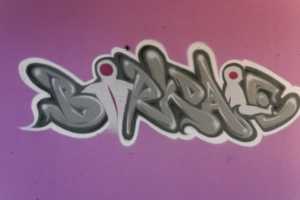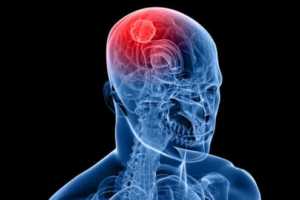As physiotherapists, we notice that most people we assess who have had a stroke present with reduced (or lack of) sensation. We recognize five senses of the body, which are perceived through sensory organs. Knowledge of the role of the sensory system can be harnessed to rehabilitate our patients successfully.
The Sensory System
The sensory system is responsible for processing sensory feedback from our environment, including touch, hearing, smell, taste, and sight. This system contains sensory receptors, neural pathways, and areas of the brain involved in sensory perception.
There are several ways of perceiving touch. We can distinguish between hot and cold, pressure, vibration, light and firm touch, among others. These senses are so sophisticated that even the lightest touch, such as a feather on your arm, can be distinguished. The sensation of touch is mediated by specialized sensory neurons embedded in the skin, which relay information from the peripheral to the central nervous system. The skin is the sensory organ for tactile sensation, allowing us to gather information about the world around us. Integrating this information with other senses is fundamental for our bodies to function optimally.
Sensory input plays a major role in recovery following a stroke. In fact, any recovery of movement (‘motor’ recovery) is not possible without sensory integration. Loss of sensation can also lead to pain, due to the way the brain interprets sensory signals after stroke. An individual may therefore interpret a gentle, light touch as pain.
This altered feedback to the brain can lead to the development of compensatory movement patterns. This could look like a head tilt or pelvis rotation, which could cause muscles to work differently, leading to instability and loss of balance.
Assessment
Understanding the changes that can happen in someone’s body after a stroke means that we can focus our assessment on where the sensation may be altered. This starts during observation of walking and other everyday functional movements, even as the individual enters the clinic room. These movement patterns can be analysed to build up a picture of the factors leading to impairments in body alignment.
At Birkdale, we use Tobii technology to measure eye tracking and gaze. This helps us to understand how an individual’s eyes move, and therefore the effect this may be having on their body movement and interaction with their surroundings. Eye movement is controlled by muscles, much like limb movement. We frequently see changes in eye movement following stroke, so eye tracking is an important tool to evaluate a person’s function and help them in their recovery.
We use a Footscan tool which provides an in-depth view of both static and dynamic pressure displaced throughout the foot. This scan also detects discrepancies between the right and left foot, mapping the body’s centre of gravity as it travels through the foot in real time. In this way, biomechanical problems and any improvements made with intervention can be evaluated.
The vestibular system plays a key role in coordination of eye and body movements, posture and sense of equilibrium. We assess this system in a variety of ways, using specific tests which help us determine a person’s sense of their body in space.
We also examine an individual’s sense of touch; their ability to distinguish and locate various pressures, textures, vibration and temperatures in different parts of their body. Following a stroke there is often a significant difference between the right and the left side of the body.
All these sensory assessments may be adjusted or modified according to an individual’s needs, giving the information required to design a specific treatment plan.
Rehabilitation
In our clinic, stroke rehabilitation is a comprehensive process that utilizes a range of advanced equipment, tools, and technologies, with a significant emphasis on digital therapy. One of our key tools is MindMotionGo, which features several interactive games designed to engage the visual system and stimulate the body’s sensory functions. These games provide a dynamic platform for patients to interact with, promoting sensory feedback and encouraging neuroplasticity – the brain’s ability to reorganize itself by forming new neural connections. Many of our patients enjoy the gaming, competitive approach!
MindMotionGo tasks can be made more challenging by using balance cushions and challenging a person’s postural control. This requires the brain to process more complex sensory input from both the visual stimuli on the screen and the physical feedback from the cushion. This dual engagement helps reinforce neural pathways and improves overall sensory integration.
In addition to digital therapy, we utilize various tactile and sensory stimulation techniques. These include the use of brushes, electrical stimulation, vibration therapy, and compressive splints. These tools provide essential sensory feedback to the brain, helping to enhance muscle coordination and support recovery. The diverse range of stimuli helps muscles adapt to activity, facilitating improvement and aiding in the overall rehabilitation process.
Understanding the sensory complications that arise from a stroke is essential for effective rehabilitation. By employing a range of targeted therapies, we can help our patients regain sensory function, improve their quality of life, and enhance their ability to perform daily activities.
Our holistic approach ensures that patients receive multifaceted stimulation, promoting effective recovery through enhanced sensory and motor integration. By combining traditional therapies with innovative digital solutions, we aim to provide the most effective and engaging rehabilitation experience possible.




